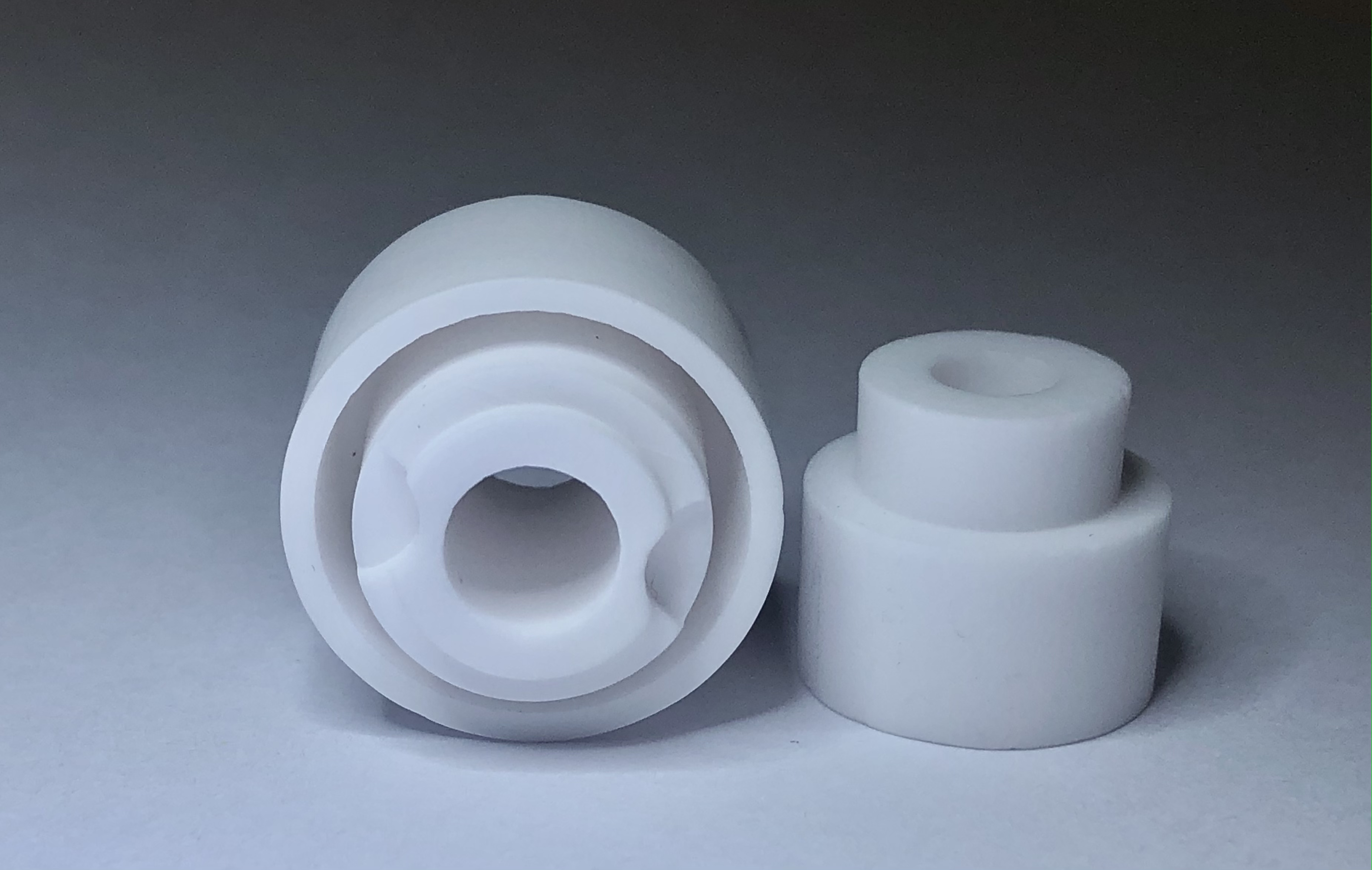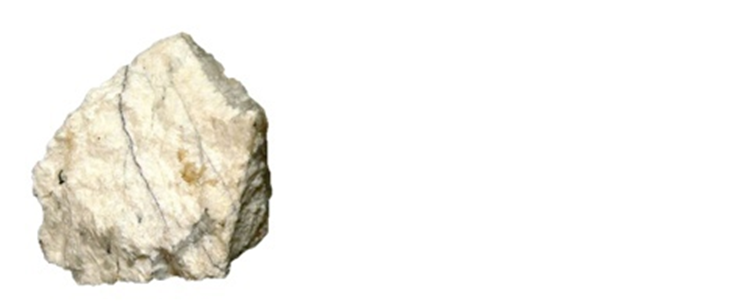
Al2O3 - overview
Aluminum oxide Al2O3 is one of the most popular ceramic materials for technical applications in Russia and the world. In this article, we will talk about how products are made from Al2O3, about classical and modern production technologies, about the areas of application and prospects for using this material.
Ceramics, consisting mainly of aluminum oxide, is commonly called corundum ceramics in accordance with the name of the natural mineral corundum, which is pure aluminum oxide -Al203. Because artificially manufactured technical corundum ceramics contains not only Al2O3, but in some cases some introduced additives and impurities associated with raw materials, then it is conventionally called corundum ceramics that contains 95% or more Al2O3 and the main crystalline phase of which is corundum.
In our country, corundum ceramics intended for various fields of technology are called differently: alumina, corundum, sinoxal, minalund, stoal 22XC (VK-94-1), microlite, M-7, polycor (KB-100-1) and etc. All these types of corundum ceramics differ in the type and amount of the introduced additive, some difference in manufacturing technology, crystal structure and, as a result, properties [3].
Raw materials
Technical alumina is one of the main raw materials for the production of corundum and other types of high alumina ceramics. The raw materials for the production of alumina are mainly rocks containing natural hydrates of aluminum oxide, among which the most important is bauxite, which is a combination of all three types of hydrates in variable quantities with a predominant content of hydrargillite and boehmite.

Grains of technical alumina have a peculiar structure. These are not monolithic non-porous crystals, but peculiar accumulations of tiny alpha- and gamma-Al2O3 crystals less than 0.1 µm in size, forming a spherical shape, the so-called spherulitic structure. Such a porous structure of spherulites (true porosity is about 50%) has an impact on the production technology of products, primarily on grinding and sintering. With the prevailing size of spherulites being 40 - 70 microns, technical alumina contains larger grains (up to 100-120 microns), as well as smaller ones (several microns).
During the production of products, technical alumina is additionally fired at higher temperatures to convert it to the alpha form. The granulometric composition of alumina changes in this case. Due to the ongoing shrinkage of alpha-Al203 and partial sintering, the amount of fines tends to increase.
Production technology
Aluminum oxide products can be manufactured in a variety of ways. The choice of method depends mainly on the shape and dimensions of the product, as well as on the properties that must be given to the product. The use of corundum ceramics is very diverse, and in each individual case, they strive to maximize the required property. For example, if a high chemical purity of the product is required (crucibles for melting pure metals), then they try to avoid the introduction of additives that can clog the melt. An additive is introduced into vacuum-tight electrical insulating ceramics, which would simultaneously not reduce the dielectric properties, promote the formation of a vacuum-tight body of the product and improve the ability to solder with metal.
Based on these conditions, the sequence of certain technological operations in the production of corundum products and their essence may vary.
In the mass production of products most often used:
1) casting from aqueous suspensions;
2) injection molding from slip plasticized with paraffin;
3) pressing powdered masses in different versions.
You can read more about blank shaping in our blog article
"Methods of Geometry Formation for Bulk Ceramics" https://clck.ru/SdtkF.
After shaping, the workpiece is sintered. Sintering and recrystallization of corundum depend on the temperature and duration of firing; fineness of corundum; crystal chemical state. raw initial density; the presence of contaminants or specially introduced impurities; gaseous environment during firing.
The sintering temperature of alpha-Al2O3 from an oxide of technical purity (Al2O3-99-99.5%) and a dispersion of 1-2 μm without the introduction of additives is 1700-1750°C. At this temperature, a density of 3.75-3.85 g/cm3 is achieved. A further increase in temperature to 1800-1850°C in air and a long exposure practically do not lead to additional compaction. The porosity of sintered corundum is mainly closed, intracrystalline, the shape of the pores is round [1]. This is how the classic technology for the production of aluminum oxide products looks like.
Modern production technologies
Modern production methods in their work [2] were identified by researchers from the Russian Chemical Technical University named after Mendelev. The most promising are several groups of ceramic materials that allow solving important scientific and technical problems associated with the development of new technology.
1 group. High-density, strong, wear-resistant ceramic materials based on partially stabilized zirconia (PSZD), aluminum oxide, compositions based on a mixture of these oxides.
2 group. New dense aluminum oxide ceramic materials.
3rd group. Durable porous materials based on aluminum oxide, zirconium, magnesium, silicon carbide for filters and membranes.
Perspectives of use
Scope of Al2O3: refractory products, vacuum technology, structural parts, chemically resistant and electrical insulating products. In addition to technology, alumina-based ceramics find applications in surgery
In RKhTU them. D. I. Mendeleev developed dense porous ceramics based on hydroxyapatite. A dense ceramic made of pure hydroxyapatite with zero porosity and bending strength up to 100 MPa was obtained, using which about 20 operations of maxillofacial surgery were performed at TsNIIS. In all cases, there were no complications associated with implant rejection in the postoperative period.
In summary, in this work, we conducted a short review of alumina ceramics. We got acquainted in detail with different names of materials based on Al2O3, the process of preparing raw materials and obtaining parts. Considered classical and modern methods of production, prospects for use, using the example of surgical implants.
Sources
1. Balkevich V.L. Technical ceramics / Balkevich V.L., 1984.
2. Lukin E.S., Makarov N.A. Modern oxide ceramics and its applications.
3. Pavlushkin N. M. Sintered corundum // M.: Stroyizdat. 1961.
4. Boehmite. Physical properties, description, deposits and photos. [Electronic resource]. URL: https://catalogmineralov.ru/mineral/bohmite.html (date of access: 12/27/2020).